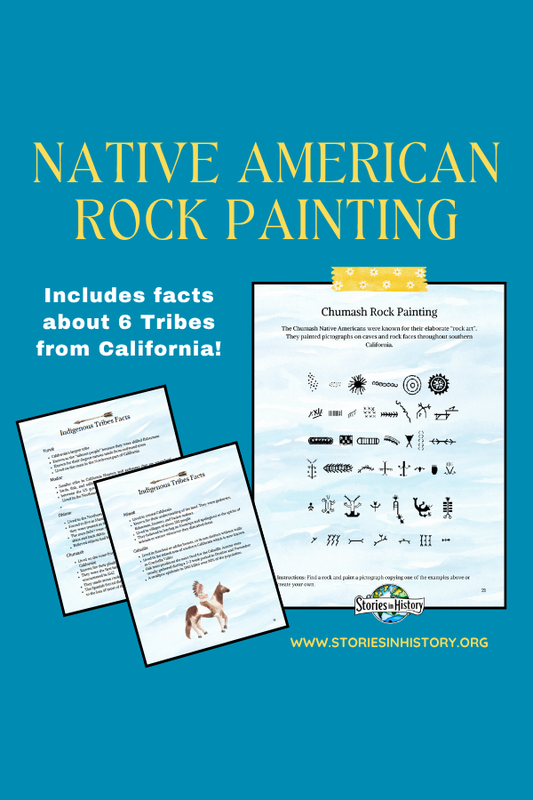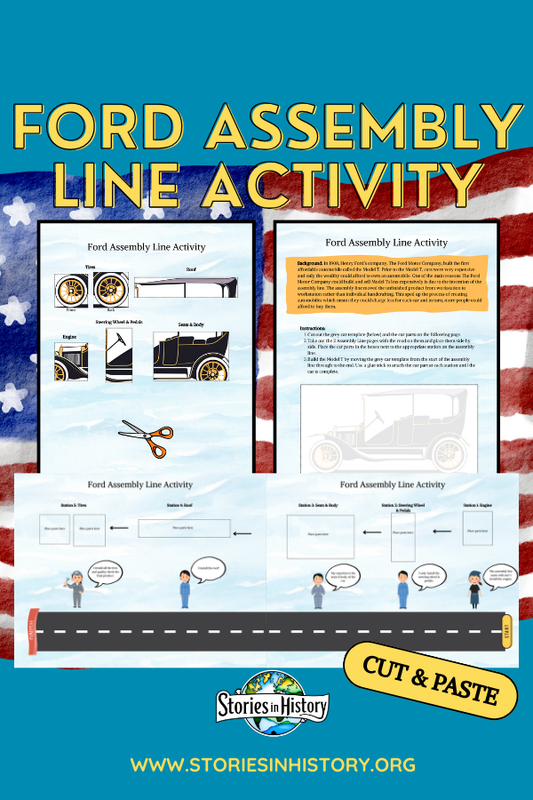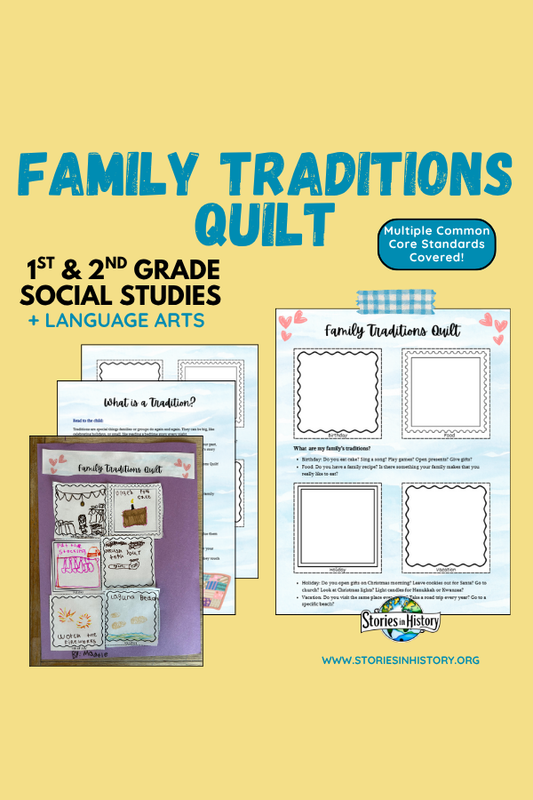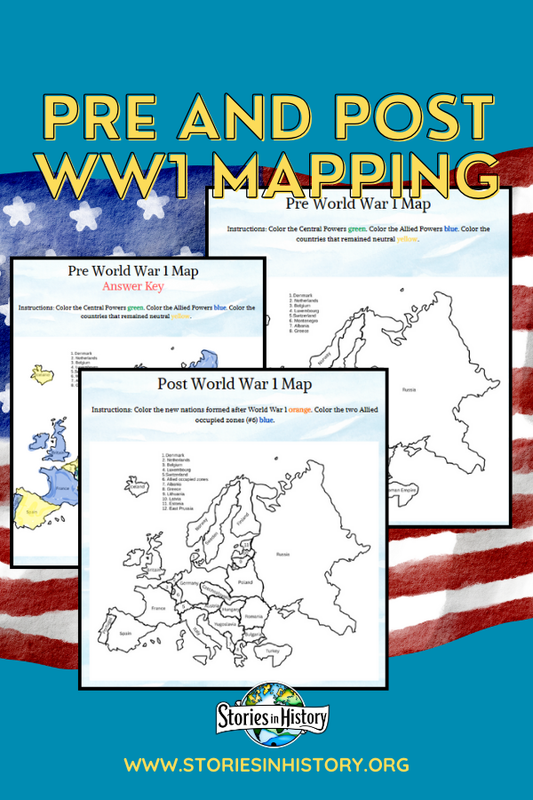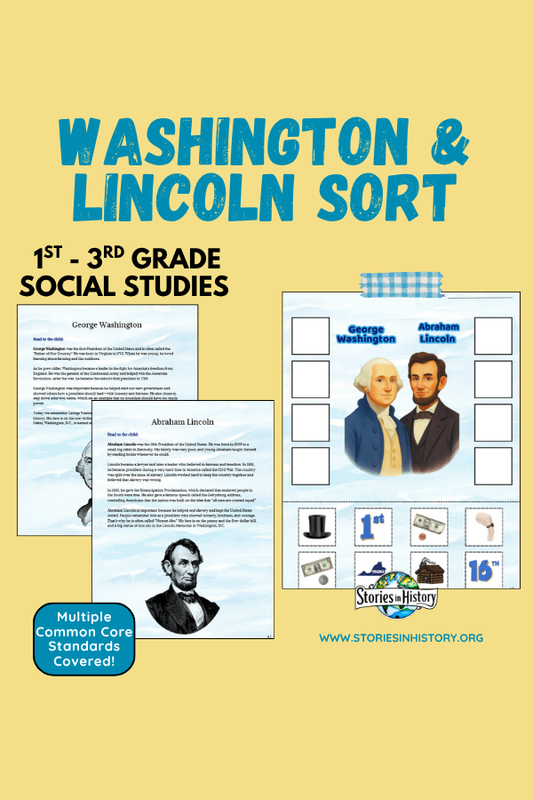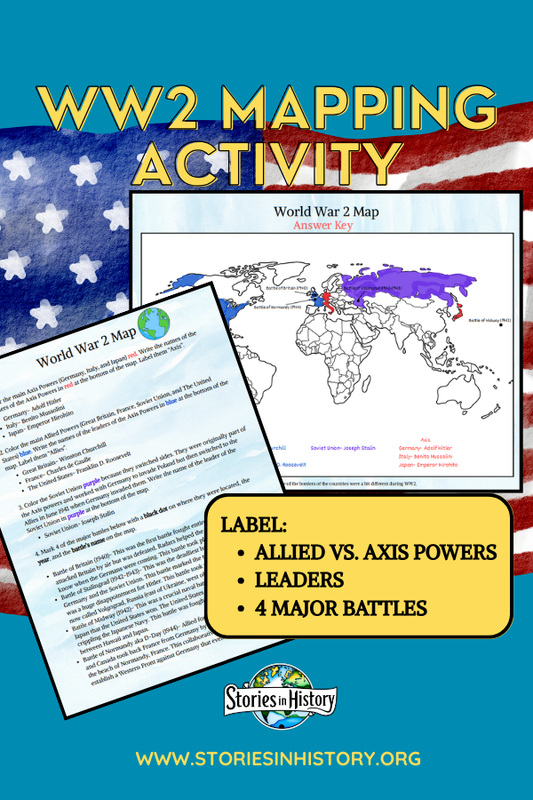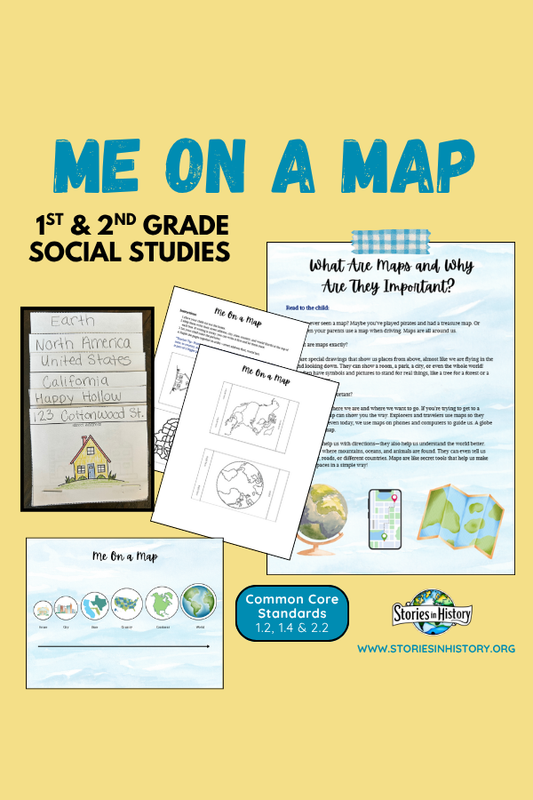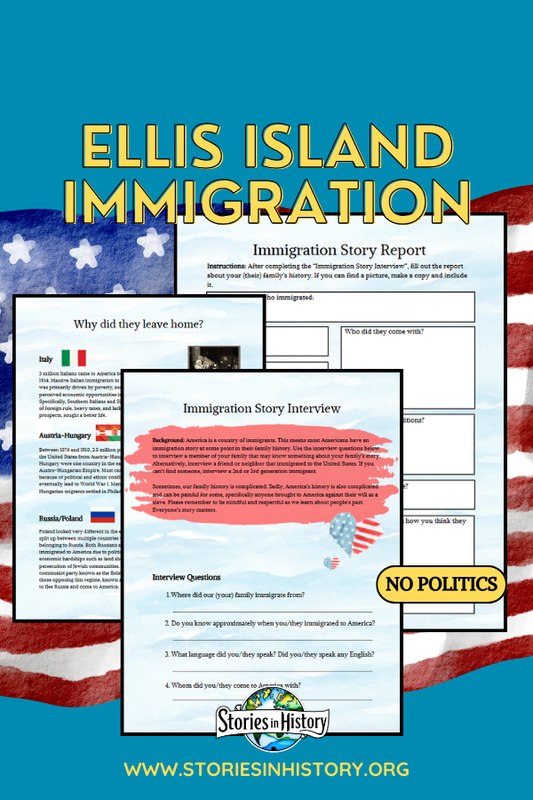
The California Missions for Kids
Share
Exploring the California Missions: A Journey Through History for Kids!
Have you ever seen a building with white walls, a red tile roof, and a tall bell tower? If so, you might have spotted one of California’s famous missions! Let’s take a trip back in time to learn what these missions were, why they were built, and what life was like for the people who lived there.
🕰️ What Were the California Missions?
The California Missions were 21 religious communities built by Spanish priests called Franciscan missionaries between 1769 and 1833. The missions stretched from San Diego in the south to Sonoma in the north, like stepping stones along the coast of California.
Their main goal? To teach the Native American people about Christianity, Spanish culture, and farming.
⛪ Who Started the Missions?
A Spanish priest named Father Junípero Serra helped start the first mission, Mission San Diego de Alcalá, in 1769. He went on to help found nine more missions! Serra believed he was helping the Native people by introducing them to Spanish religion and ways of life.
🧑🌾 What Was Life Like at a Mission?
Mission life was very different from life today! People lived and worked together in a large community that included:
- A church for worship
- Fields and gardens for farming
- Workshops where people made candles, leather goods, and tools
- Living quarters for Native Americans, priests, and soldiers
Native Americans were taught how to farm, build, and make things the Spanish way. But they also had to follow strict rules and were not allowed to leave the missions without permission.
🌽 What Did They Grow?
Missions were like small farms. They grew things like:
- Corn 🌽
- Wheat 🌾
- Beans
- Grapes 🍇 (used to make wine)
- Olives (used for oil)
They also raised animals like cows, sheep, and chickens.
🌎 How Did Missions Change California?
The missions helped Spain claim land in California and showed other countries that Spain was in control. They also helped shape many California cities, like:
- San Diego
- San Francisco
- Santa Barbara
- San Luis Obispo
In fact, many cities in California are named after the missions!
⚠️ The Other Side of the Story
While missions helped bring new ideas and farming techniques to California, they also caused great harm to Native American communities. Many Native people were forced to live at the missions and change their way of life. They had to stop speaking their language, practicing their traditions, and often became sick from new diseases brought by the Spanish.
Today, we remember both the positive and negative parts of the mission story.
🏛️ Can You Visit a Mission Today?
Yes! Many missions are still standing and open to visitors. Some even have museums, gardens, and old buildings you can explore. They are great places to learn more about California’s history.
Here are a few popular ones to visit:
- Mission San Juan Capistrano – Famous for its returning swallows
- Mission Santa Barbara – Known as the “Queen of the Missions”
- Mission San Diego – The very first one!
🧠 Fun Facts About the Missions
There were 21 missions in total.
The missions are about 30 miles apart—a day’s walk on foot or by horse.
Each mission had a bell tower, and some bells still ring today!
Mission buildings were made from adobe bricks—a mix of clay, straw, and water.
In a Nutshell:
- 📍 Missions were built by Spanish priests from 1769 to 1833
- 🧑🌾 They taught Native Americans how to farm and build
- 🏙️ Many missions became California cities
- 🧭 They’re a big part of California’s early history—both good and bad
Ready to Explore? Try visiting a mission near you, label the map of the 21 missions, or even make a mini mission model at home!
🔔✨ History is all around us—you just have to know where to look!
